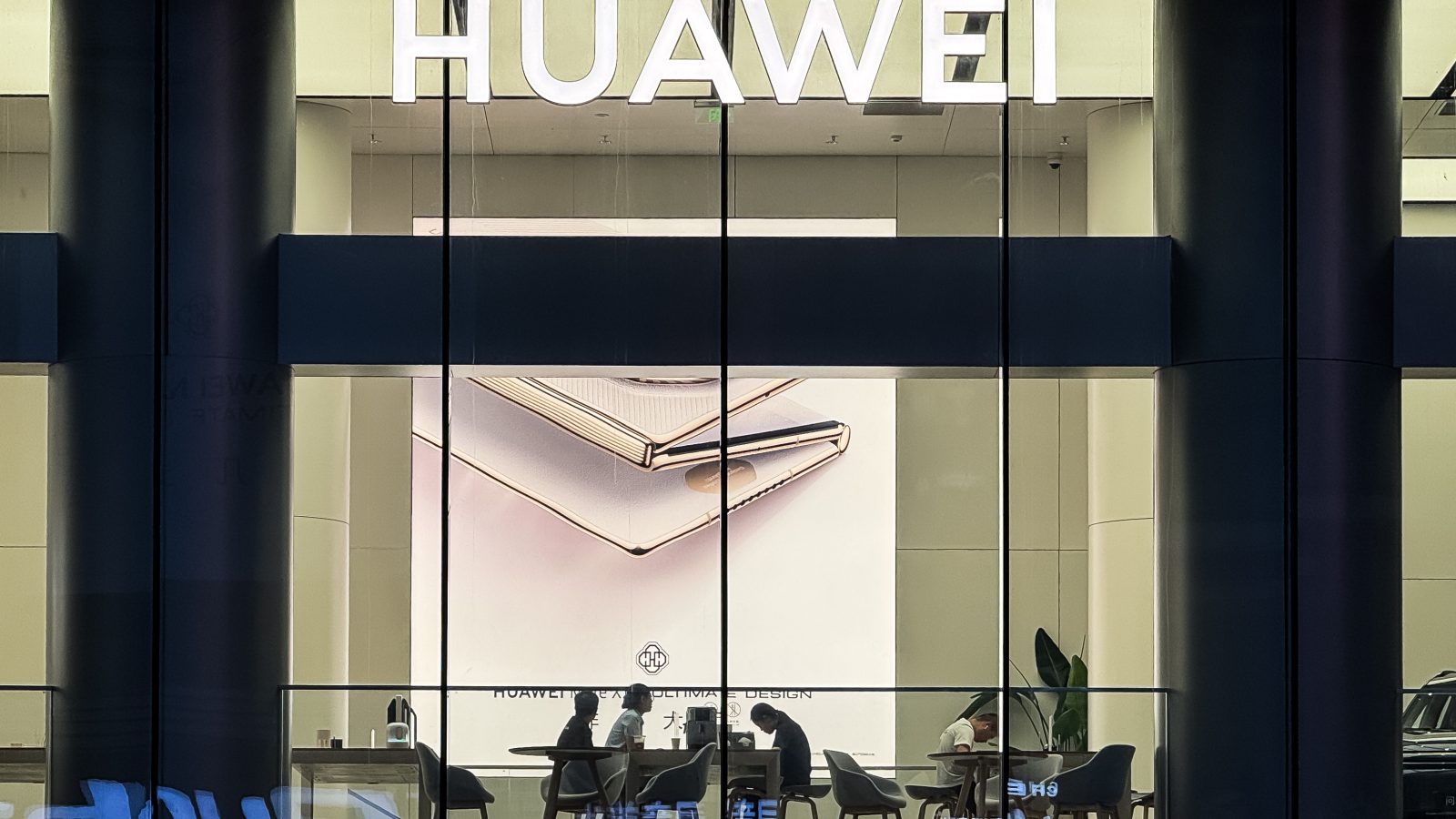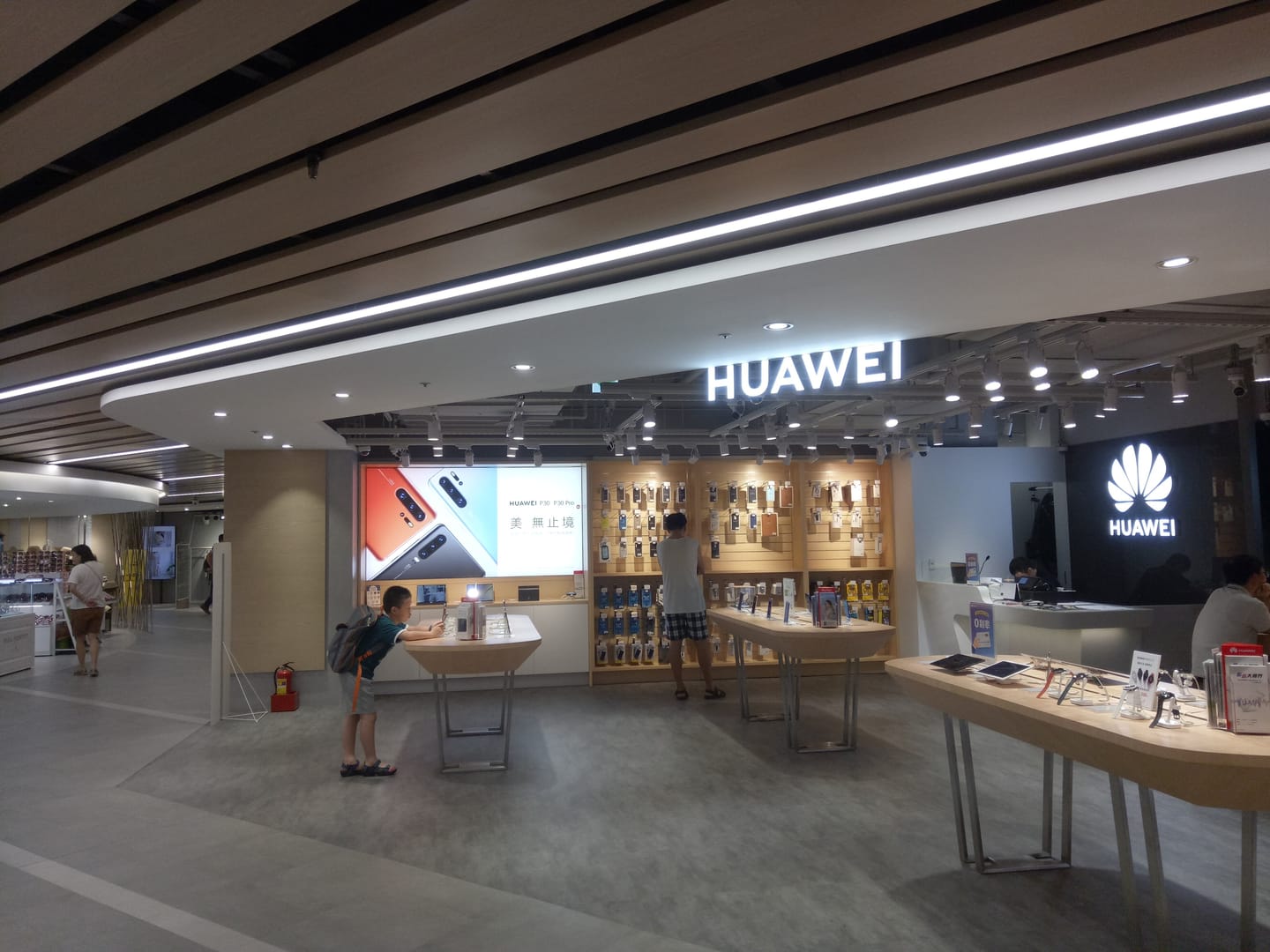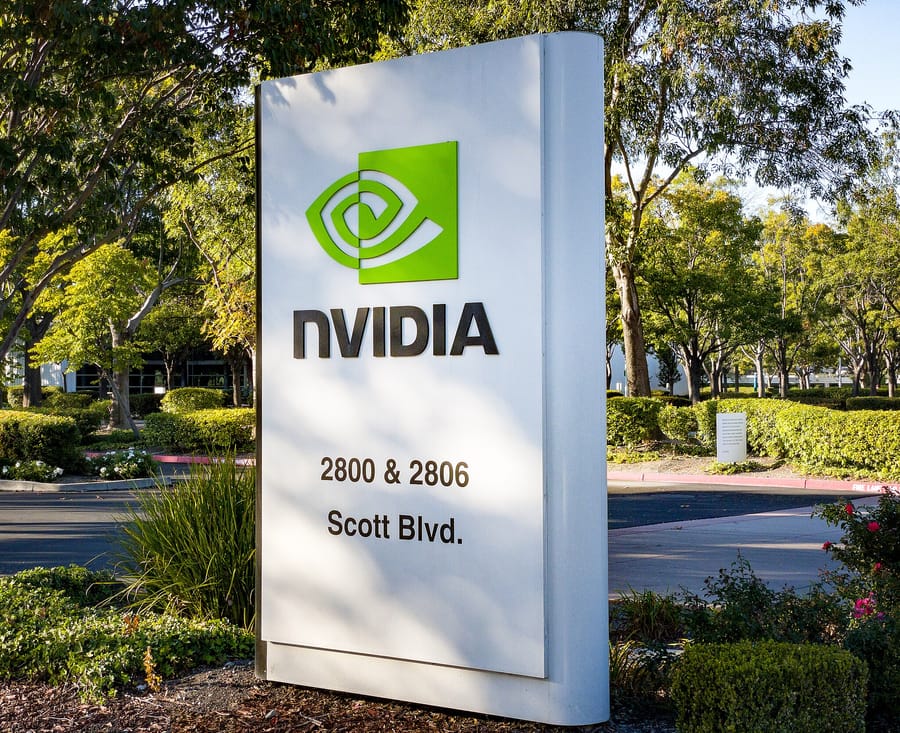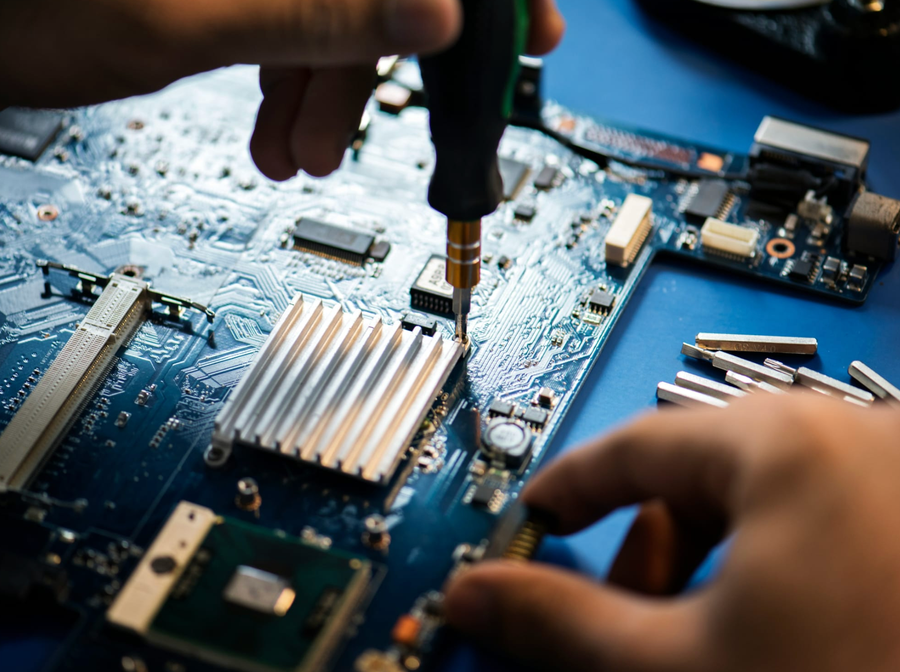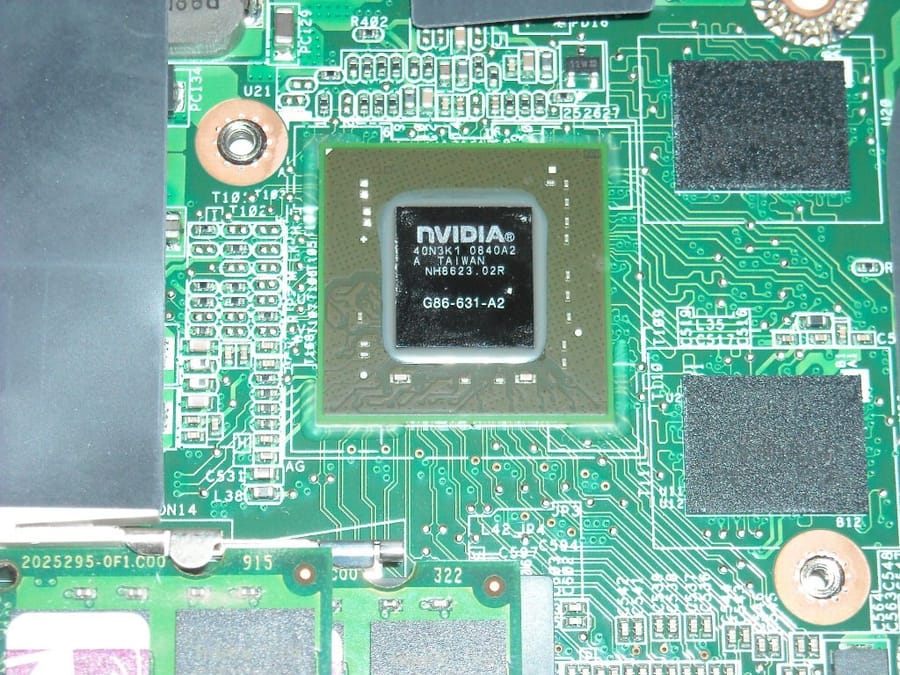On 18 September 2025, at the Huawei Connect conference in Shanghai, Huawei introduced the SuperPoD Interconnect, capable of linking up to 15,000 Ascend AI cards. The announcement came one day after China barred domestic firms from purchasing Nvidia RTX Pro 600D servers and other hardware, a move framed as a direct response to U.S. export restrictions.
This development follows the U.S. technology purchase ban imposed in 2019 and the May 2025 Commerce Department guidance warning that Huawei’s Ascend chips posed export-control risks. Although Nvidia’s H20 was temporarily cleared for sale in China in July 2025, September’s restrictions effectively cut off access to American hardware. At the same time, Huawei has expanded its AI cloud operations beyond China, including in Algeria, the Philippines, Egypt and Nigeria. IDC projects the AI infrastructure market to reach 200 billion dollars annually by 2028, a trend described by MERICS researcher Rebecca Arcesati as the bifurcation of the global AI stack.
Together, the 15,000-card SuperPoD, the 2019 U.S. embargo and the May 2025 guidance consolidate a long-term shift toward domestic AI infrastructure in China. The combined effect of these measures illustrates how Huawei’s strategy aligns with emerging market growth, particularly where Western technologies remain restricted.
Sources:
1.
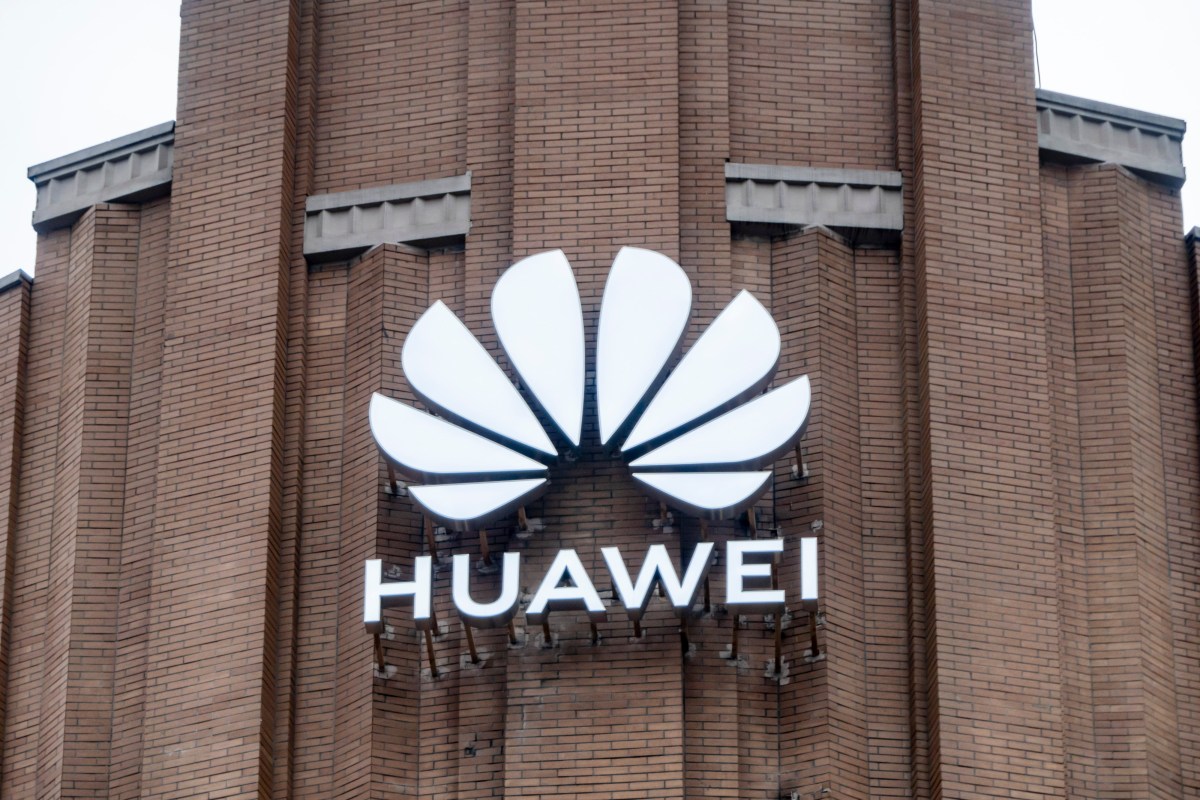
2.

3.
